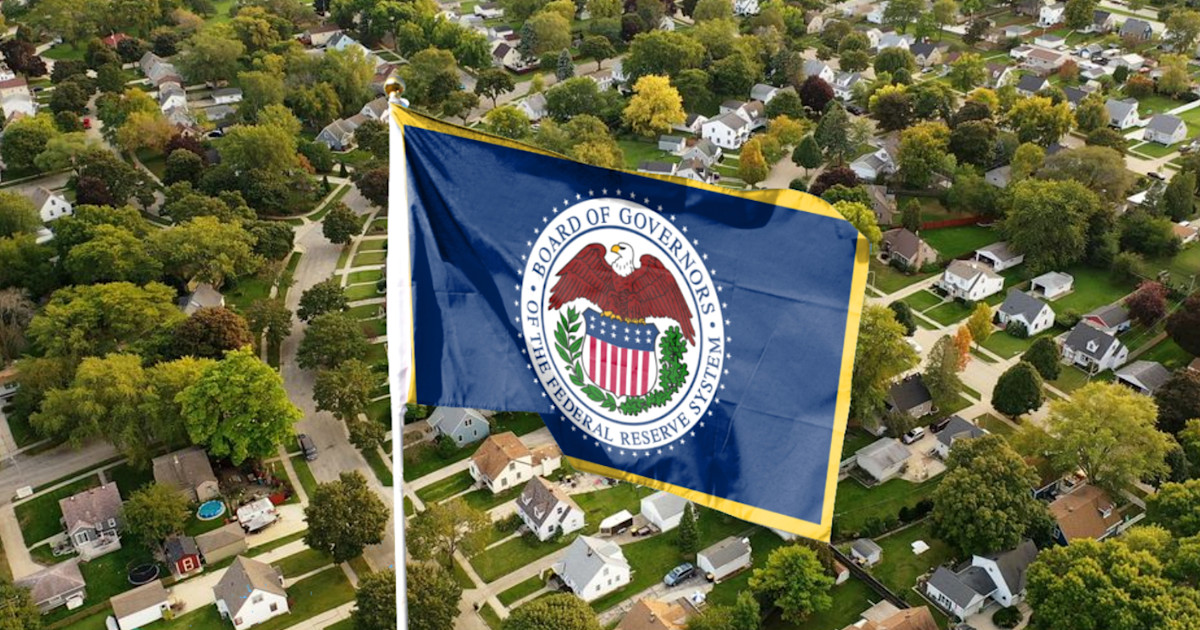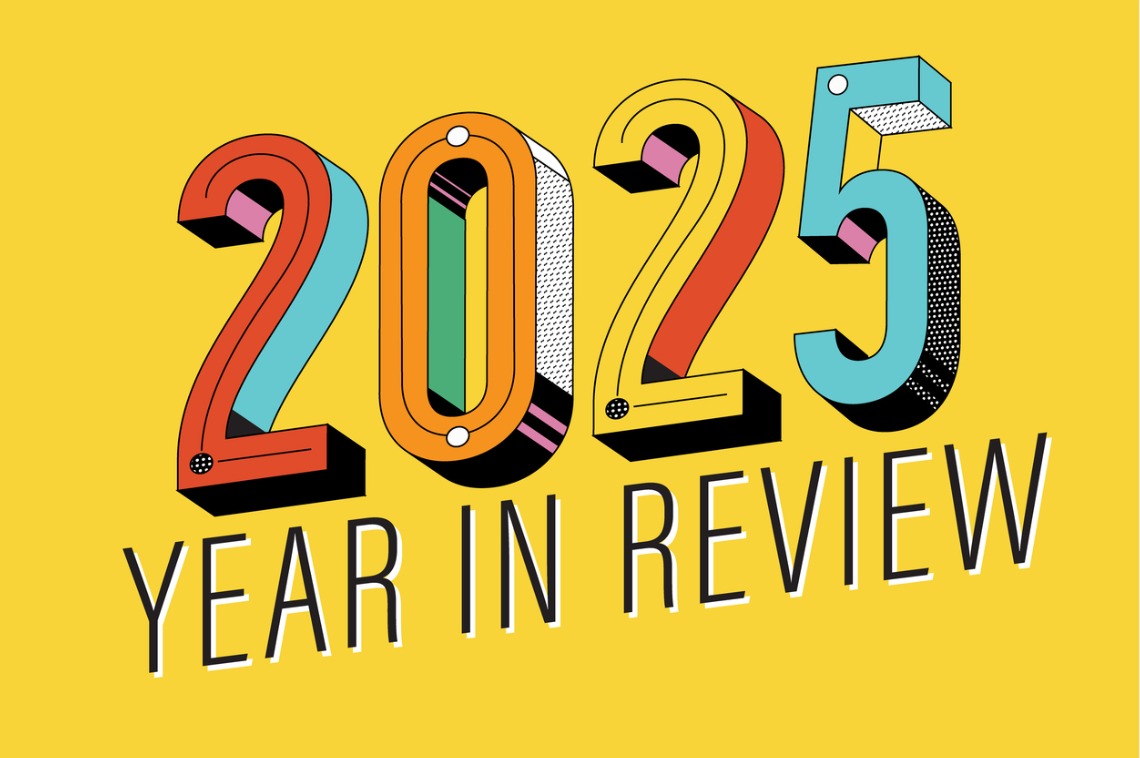I
llustration by Real Estate News/Shutterstock
The Fed may trim short‑term rates twice more in 2025, potentially easing mortgage costs, but Chair Jerome Powell made it clear that curbing high home prices is outside the central bank’s mandate. Despite a government shutdown that has stalled the release of the latest jobs data, the Board is increasingly attentive to labor‑market conditions, a development that could benefit mortgage rates even if it does not help the broader housing market.
In a speech on Oct. 14 at the National Association for Business Economics conference, Powell noted that “downside risks to employment appear to have risen,” echoing comments from other Fed officials. This signals a tilt toward rate cuts at the Oct. 28‑29 meeting and possibly another reduction in December. While the federal funds rate does not directly set mortgage rates, lower short‑term rates can translate into lower mortgage yields if inflation remains subdued. The 30‑year fixed rate has hovered near 6.3% since the last September cut.
When asked how the Fed would tackle soaring home prices, Powell replied, “I don’t know how we would,” emphasizing that the Board focuses on overall inflation, not specific sectors. He added that the Fed would not purchase mortgage‑backed securities to influence housing or mortgage rates, stating, “That’s not what we do.”
Other Fed officials have voiced similar sentiments. Philadelphia Fed President Anna Paulson, in an Oct. 13 address, downplayed inflation worries, noting that new tariffs have not sparked lasting price hikes. She cited a labor‑market slowdown as a reason to consider rate cuts, even though she is not a voting member. Governors Christopher Waller and Michelle Bowman have also advocated for cuts, though with caution. Waller, who has long pushed for easing, said he would “move toward cutting rates” but not aggressively, warning against premature moves. Bowman, on Oct. 14, called for “two more cuts before the end of this year,” contingent on labor‑market and other data aligning with her expectations.
Not all Fed leaders are optimistic about easing. Governor Michael Barr remains wary of inflation, suggesting it could stay above the 2% target for more than two years. In a recent speech, Barr linked the recent inflation uptick to steep import tariffs, arguing the board should not dismiss it as a one‑off spike. He urged a balanced approach, noting that if inflation drifts further from the target, policy may need to stay modestly restrictive longer, whereas heightened labor‑market risks could prompt quicker easing.
Inflation data will arrive shortly, with the Bureau of Labor Statistics releasing the Consumer Price Index on Oct. 24, a week later than scheduled. No other reports will be issued until the shutdown ends.
The impact of a weaker labor market on real estate is mixed. While lower rates could spur demand, a sluggish job market typically dampens sales due to fewer qualified buyers. Rising unemployment could, however, increase foreclosures, potentially raising demand and sparking bidding wars.















